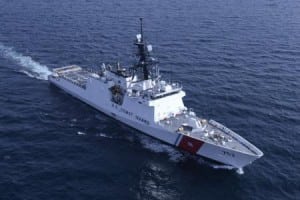
Since strengthening its oversight and management of C4ISR acquisitions, the Coast Guard has provided improved capabilities to its newest assets but the scope of upgrades to legacy cutters and aircraft has been reduced due to budget constraints, the Department of Homeland Security (DHS) Inspector General (IG) says in a report issued Tuesday. The report says that the C4ISR enhancements have improved the service’s ability to perform its overall mission through greater situational awareness and with greater safety. For example, the…

 By
By 











